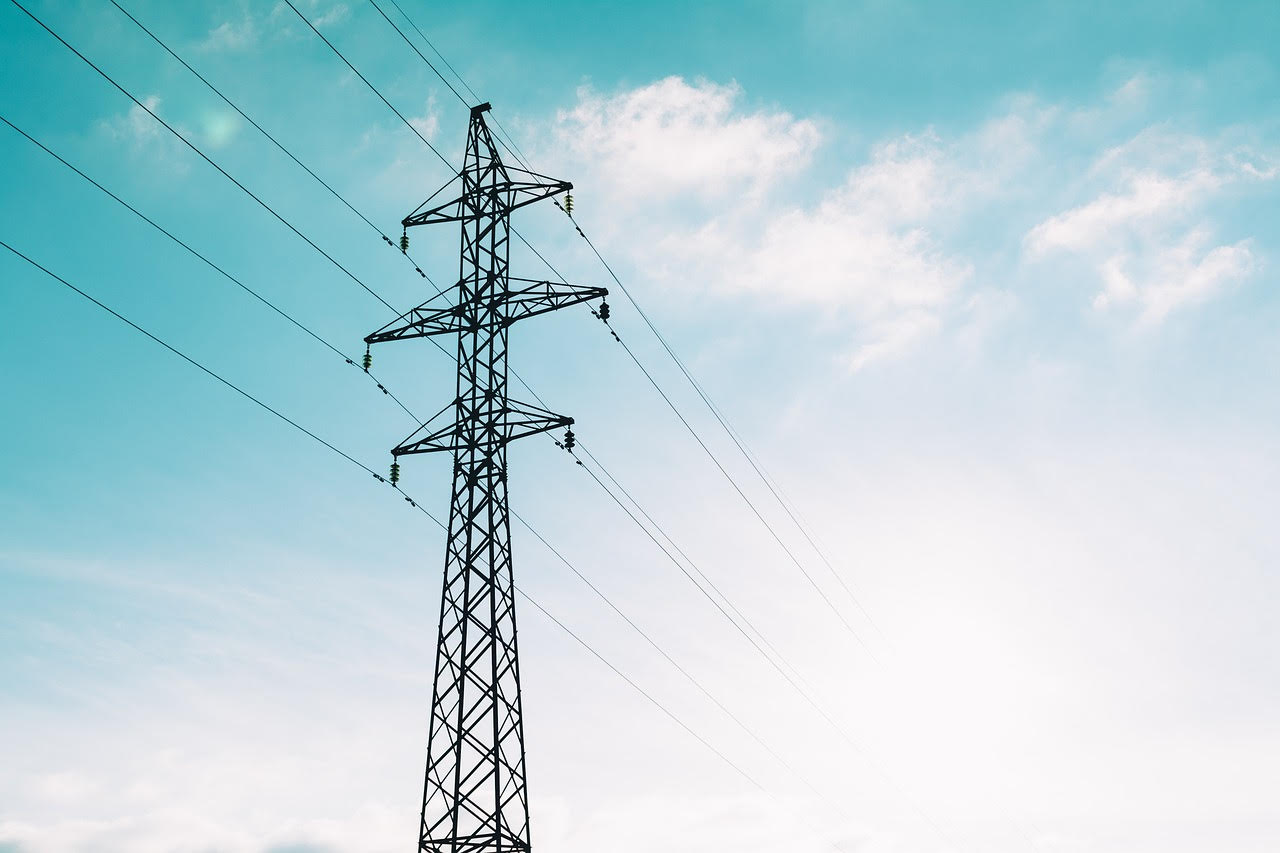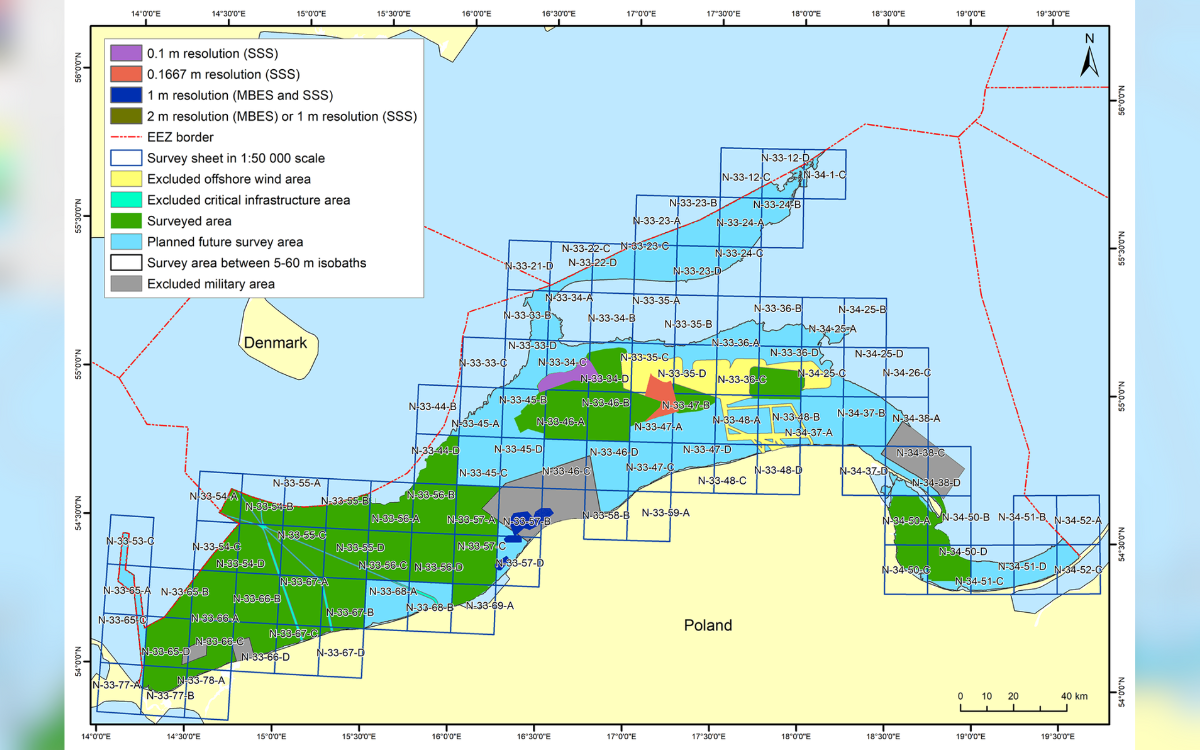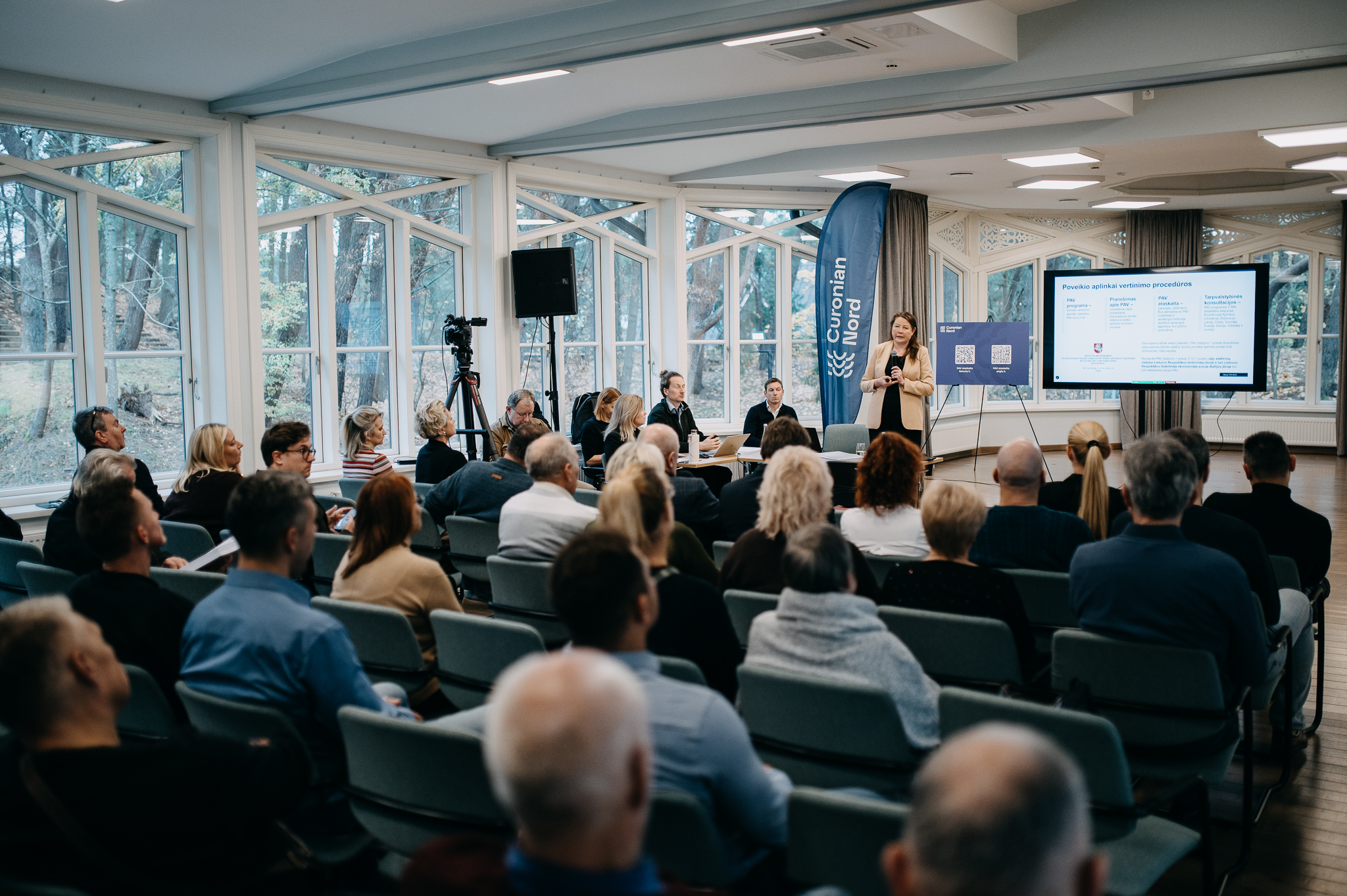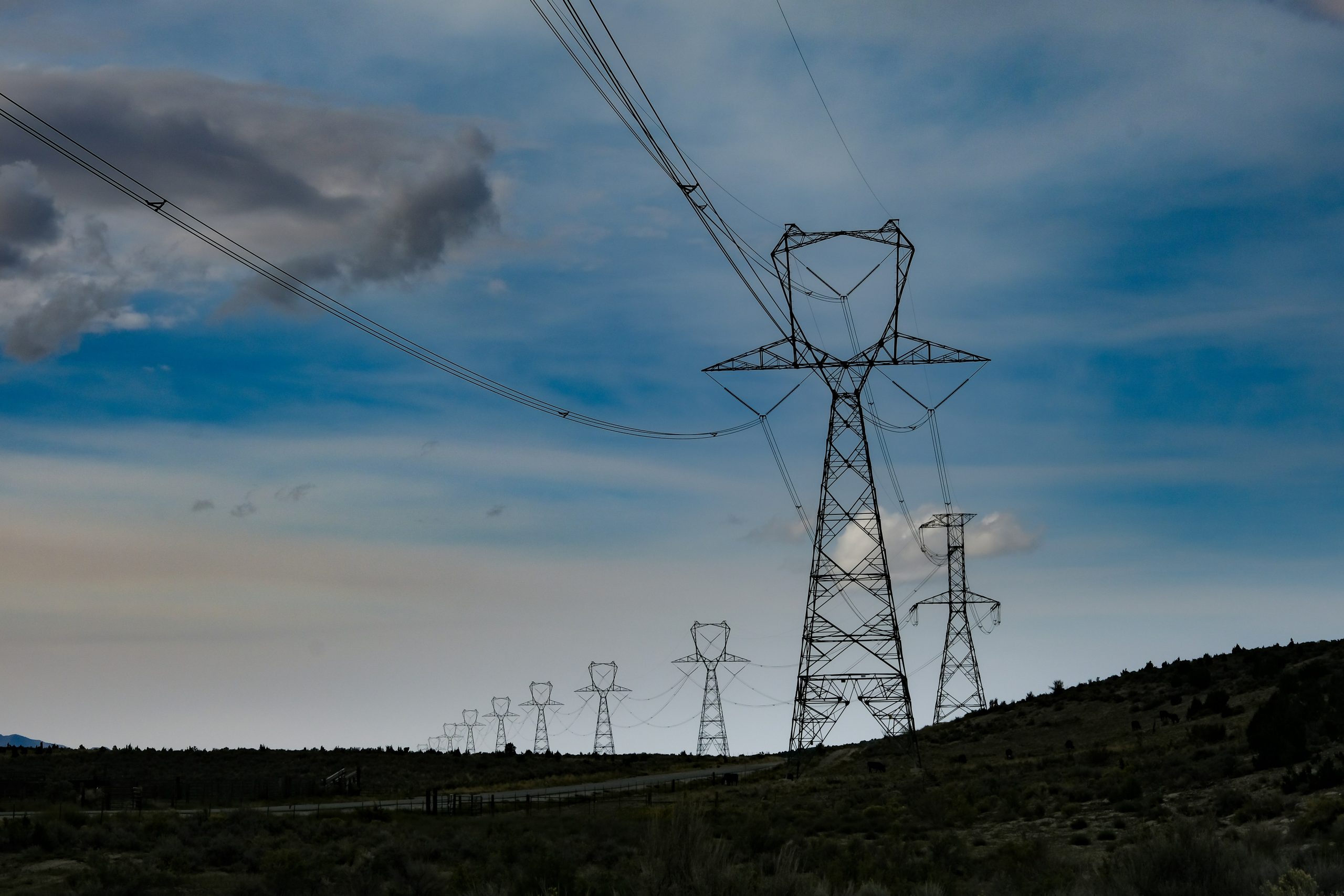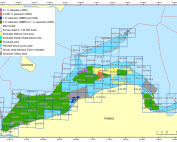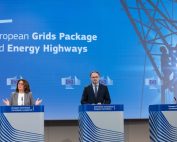 By Marine Cornelis, Executive Director and Founder, Next Energy Consumer, EUSEW Digital Ambassador
By Marine Cornelis, Executive Director and Founder, Next Energy Consumer, EUSEW Digital Ambassador
This opinion editorial is produced in co-operation with the European Sustainable Energy Week 2025. See ec.europa.eu/eusew for open calls.
What if your electricity bill could help fight climate change and tackle inequality? Europe’s energy transition is not just about counting solar panels and wind turbines: it is about making the system work for everyone. Well-designed bills and fair electricity tariffs can make clean energy affordable and accessible, but today’s prices often leave the most vulnerable behind. What needs to change, and how can we act now?
The real cost of energy inequity
When energy prices skyrocket, the hardest hit are always those least able to pay. Across the EU, households paid an average of 29 cents per kilowatt-hour in 2023; more than many could afford. The 2021 crisis exposed deep flaws in how electricity is priced. Tariffs designed without equity in mind have left vulnerable families unable to cope with volatile bills, and energy poverty is increasing.
The shift to renewables and dynamic tariffs, while essential, do not automatically fix this. Many people cannot afford solar panels or smart appliances, let alone shift their time of use to benefit from cheaper, greener electricity. A fair energy system needs to account for these gaps.
Are our tariffs doing more harm than good?
The way we pay for electricity influences behaviour. In theory, dynamic tariffs encourage people to use energy during cheaper, greener times of the day. Yet, for many, they bring risks. Without the money to buy flexible devices or the time to adjust consumption, these households are left paying the highest prices when bills spike.
Fixed-price tariffs feel safer but hide the benefits of renewable energy. People lose the opportunity to save when the wind blows, or the sun shines. Worse, these tariffs often lock consumers into long and pricey contracts, making switching costly and complicated. There is a middle ground—but we are not there yet.
What would fair pricing look like?
Pricing electricity is not one-size-fits-all. Households are diverse: a family in a poorly insulated flat has different needs than someone charging an electric car at home. To make tariffs work for everyone, policymakers and regulators need to create the ground for price stability with flexibility. For example, rising block tariffs provide a basic amount of electricity at a lower rate, with higher prices for greater use. These work well for low-income households but must be carefully designed to avoid encouraging energy inefficient behaviours.
Solar panels and smart technology also help. Sub-meters, which separate essential from flexible energy use, could let families control costs more easily. Simple, transparent billing systems and real-time apps could make tariffs easier to understand, even for those who are not tech-savvy. But making these tools widely available is a hurdle that cannot be ignored.
How can we redesign tariffs to work for everyone? Here are five ideas to start:
- Make bills clearer and fairer: Ensure social tariffs reach the energy-poor through better automation and collaboration between the various entities responsible for social protection and energy to guarantee affordability for vulnerable households. In Italy, the introduction of automated allocation of the energy bonus in 2021 has tripled the number of households benefiting from the reduction directly on their electricity and gas bills (to 4 million).
- Support prosumership and flexible consumption: Offer programs that make smart appliances or renewable energy sources like solar panels affordable for lower-income households. For example, the Greek government’s is shifting lower off-peak electricity tariffs from nighttime to midday, to align energy use with renewable generation.
- Protect consumers from volatility: For example, rising block tariffs, while uncommon in the EU, can combine cheap basic levels of consumption with dynamic tariffs above essential levels. Besides, as planned in the Electricity Market Design Directive (2024), in case of a recognised crisis, Member States can step in and apply temporary protections to shield consumers from unbearable spikes.
- Rethink taxes and levies: Shift the burden away from electricity to make green solutions like heat pumps more attractive than fossil fuels. This could require a reform of the Energy Taxation Directive to reduce excise duties for renewable electricity.
- Bring people into the process: Indeed, the introduction of dynamic tariffs hasn’t been as dynamic as expected in many markets. But as large suppliers are to introduce them in 2025, making sure people are part of the design process is critical. For example, mobilising citizen panels and focus groups to involve underrepresented communities in tariff design would be relevant. Citizens’ Panels, such as the one on Energy Efficiency by the European Commission, have demonstrated their impact in bridging the gaps and fostering trust.
Where do we go from here?
The energy transition is a shared challenge. Hitting climate targets is one thing, but it has to be the opportunity to foster fairness, dignity, and opportunity. Electricity tariffs might seem technical, but they touch every household and shape how we engage with the system.
We cannot wait for the perfect solution. By taking small, practical steps, Europe can move toward a system where energy is clean, affordable, and fair for all. Let us not just talk about change. Let us build it, one kilowatt-hour at a time.
Useful links:
1. Boosting participation in the energy transition by Green European Foundation (GEF) and Heinrich-Böll-Stiftung European Union https://eu.boell.org/en/boosting-participation-energy-transition
2. Hirth, L., Mühlenpfordt, J. and Schlecht, I. (2023). Electricity tariffs for price security and flexibility. Designing a dynamic tariff with price hedging. https://neon.energy/Neon-Dynamischer-Tarif-EN.pdf
3. European Environment Agency and ACER (2023) Flexibility solutions to support a decarbonised and secure EU electricity system. Retrieved from https://www.eea.europa.eu/publications/flexibility-solutions-to-support
Biography of the author
Marine Cornelis, founder of Next Energy Consumer and the Energ’ Ethic podcast, combines analysis and thought leadership with actionable dissemination for businesses and projects across Europe, Africa, the Middle East and Latin America. With 15 years of experience spanning consumer protection, energy poverty, and digital transformation, she champions gender equity, diversity, and community empowerment. Her work acts as a bridge between stakeholders, blending human, technical, and political insights to ensure that people’s experiences drive the transition narrative. Through her Energ’ Ethic podcast, she shares inspiring stories driving global energy and climate progress
Disclaimer: This article is a contribution from a partner. All rights reserved.
Neither the European Commission nor any person acting on behalf of the Commission is responsible for the use that might be made of the information in the article. The opinions expressed are those of the author(s) only and should not be considered as representative of the European Commission’s official position.
Source: European Sustainable Energy Week
